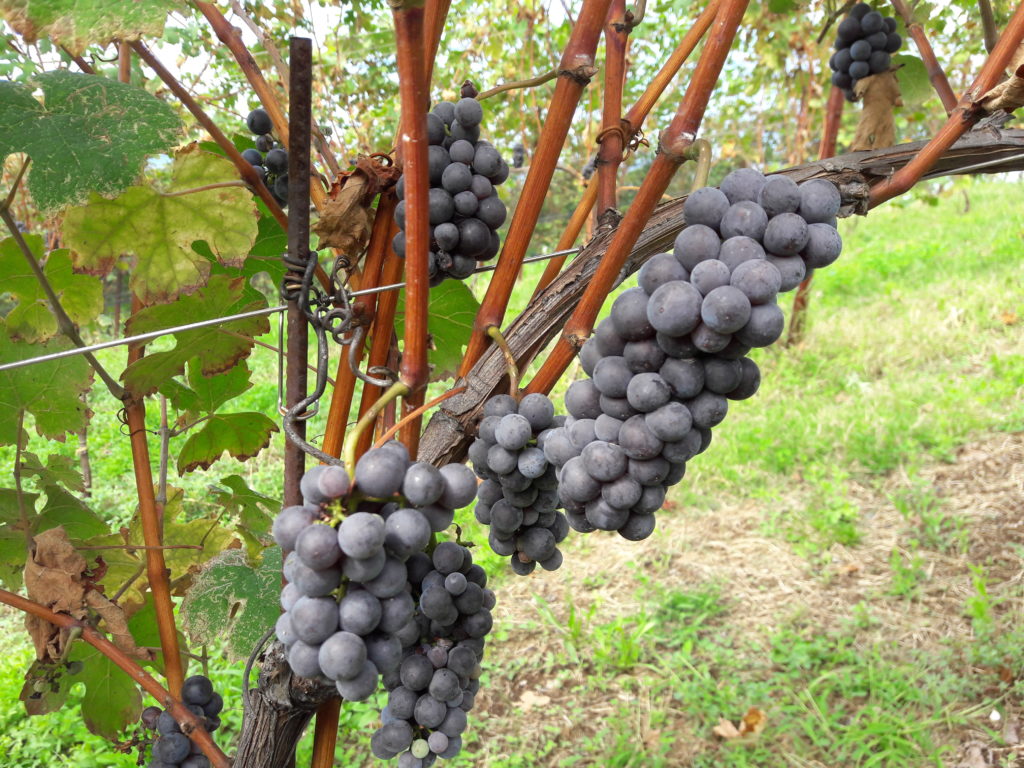RESCUED BIOTYPES
Gruaja

GRUAJA: red berried grapes with large clusters that present different characteristics in the same bunch, the berries have peculiarities that never ripen; in fact gruaja derives from the term raw in Venetian dialect because of the characteristics of the cluster; the first testimonies are described by Acanti in 1700; this variety is suitable for interesting white winemaking;
Pedevenda

PEDEVENTA: white berried grapes with large, pyramidal and medium compact bunches, the grape of this variety is round with a yellowish green skin with an acidic taste; also described by Acanti, it was often used to make sparkling wines; the name probably derives from the area of origin, at the foot of Mount Venda on the Euganean hills;
Groppella of Breganze

GROPPELLA OF BREGANZE: red berried grapes with very small medium-small bunches. The first descriptions of this grape date back to the writings of Zambenedetti and Acanti, in the 1700s. This grape differs from the other Groppello grapes and seems to correspond to the fussy Valtellina, still a relative of Nebbiolo; in 1963 it was defined by Milani among the most quality grapes of the Breganze area;
Marzemina Bianca (Sciampagna)

SCIAMPAGNA (MARZEMINA BIANCA): white berried grapes, small berries with a thick golden yellow skin, the bunch is longer than normal, often winged and compact; it is commonly called sciampagna because a refermented sparkling wine was obtained from it; Agostinetti signals this variety in 1600 as one of the most widespread vineyards in the whole Veneto;
Vespaiola

VESPAIOLA: this is the most important autochthonous breganzese, it is a white berry grape with compact medium small bunch with a single very evident wing, thick green skin that becomes golden when fully ripe with a very acidic taste; it is so called because the fruit’s sugary index probably attracts wasps; Acanti describes it in the 1700s but overall there is little historical information.
Glera lunga (ottocai)

GLERA LUNGA (OTTOCAI): white berry grapes with medium pyramidal cluster, medium loose, elliptical grape with thick yellow skin; it is described in 1887 as widespread among the Vicenza and Treviso hills in the prephylloxera period; also called local tocai, 8cai derives from 8 branches because it is very vigorous; it was often used with the Vespaiola and the Pedevenda to make the passito di Breganze, the Torcolato;
